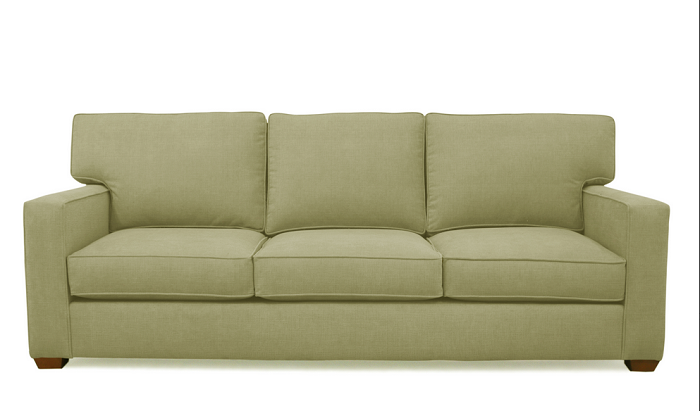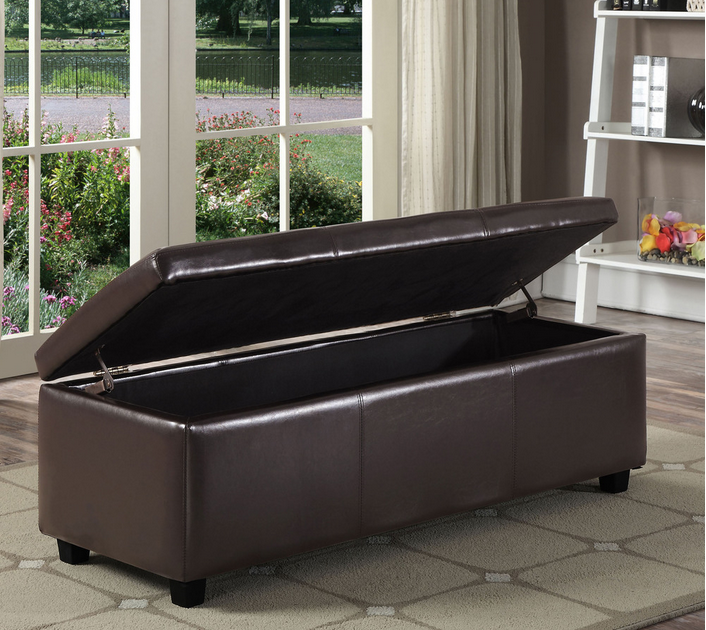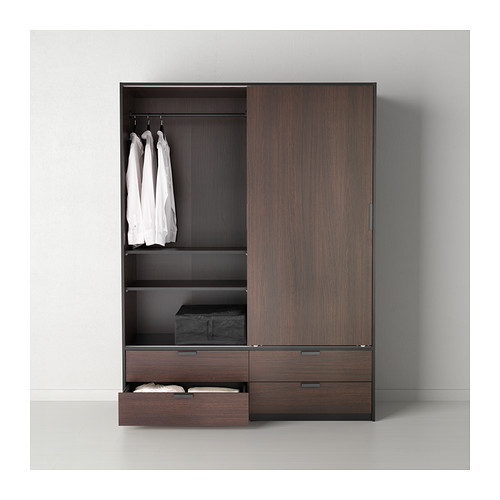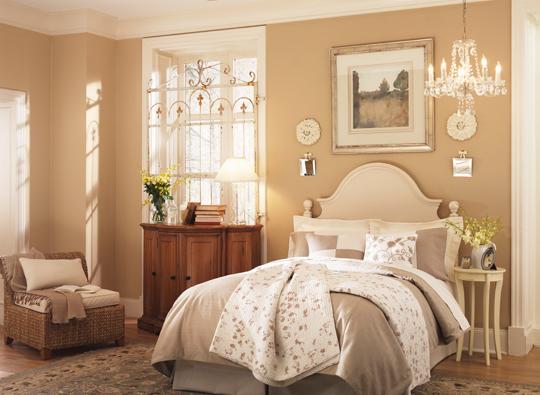
Whether you live in a small apartment or a house that just doesn’t have enough extra space for your dog’s wardrobe, it can be a challenge to store all your dog’s essentials while still maintaining some style.
Heather Higgins, ASID, CID, owner of Higgins Design Studio, LLC, is a guru when it comes to helping people design and organize, regardless of the amount of space available.
“Our home’s design has a direct correlation to our life experience… including our relationships with pets,” Higgins says. “Although living with pets in smaller spaces can bring challenges, it doesn’t preclude living in a well-designed home. With the technological advances in design, finishes and furnishings, it is possible to achieve elegance and practicality simultaneously!”
Here are her five tips to get your space organized:
#1 – Create A Solid Foundation

In planning the design of a small, pet-friendly living space, the functional requirements of owning a pet are important considerations. What pet beds, feeding stations or wee wee will be needed? How will food and pet care products be stored? Accounting for these things in advance, allows dedicated areas to be created or space allocated in the design of general household storage. This is particularly important when space is limited.
Other important planning considerations relate to your dog’s behavior. Where does he like to sleep during the day and at night? What issues like shedding, drooling, scratching or chewing may be problematic?
#2 – Double Duty

A key strategy for maximizing the size of a small living space is the use of dual-purpose furniture or items that can roll away, fold away or stack, because they occupy less floor space. This concept aligns well with the trend for dog owners to share their furnishings with pets in small living spaces, rather than purchase separate, dedicated pet furniture, which requires additional space.
In many homes, the most frequently shared item is lounge seating. Given this, it is important to know that upholstery is one of the most vulnerable targets of pet-related accidents.
Removable, washable slipcovers have always provided a practical solution to protecting seating. The best pet-friendly fabric choices depend on your breed of dog and what issues they have… shedding, drooling, scratching, etc.
For those owners wanting a sleeker, more modern look for their lounge furniture, many standard fabrics can be successfully treated for stain-resistance. Technological advances have also made a number of other upholstery options possible, including a large selection of interesting indoor-outdoor fabrics that are durable and inherently stain, moisture and fade-proof.
#3 – Hidden Assets

Incorporating storage into your living space, which is not visibly obvious, is an important way to keep it feeling larger and dog-related items organized. Some very workable possibilities to consider are storage beds, ottomans, chests that function as bedside tables and fitting out closets to provide maximum use of their space.
#4 – Clutter Control

Storage cabinets with doors and drawers, especially a series of built-in pieces, instantly conceal clutter and streamline a space.
Pet-related furniture can also be built-in or custom made to match the style of your small living space, helping to integrate it into the design of your home more easily. An open shelf in the bottom of a deep cabinet, when fitted out with a cushion, can provide a great bed for a small dog and free up some valuable floor space.
#5 – Wall Finishes that Work

When you have dogs, paint is the safest and easiest-to-maintain finish for walls. Benjamin Moore’s “Matte” finish has the luxurious appearance of a flat finish paint, but is washable like eggshell and satin finishes. Some wallcoverings are also easily cleaned, but if walls become scratched or dented, they are more difficult to repair. We are not naming names, but there are some very sad stories of dogs actually pulling wallcovering off of walls.
To expand the perceived size of a space, paint or paper it in a single color so that walls appear to recede and the eye is not stopped by the break in color of an accent wall. A lighter tone on the walls will make the space feel larger and a similar tone on the floor will further enhance this effect.
Final Thoughts
The most important thing is for you and your dog to feel comfy and safe in your house, after all it’s your home!
“Whether you live in 500 or 5,000 square feet, the solace and refuge that our homes provide are not luxuries,” adds Higgins. “They affect our sense of well-being and, ultimately, our behavior and our pet’s behavior. Making even small changes in our living environments can have a significant effect on our mutual happiness!”
Need more design help? Contact Heather on her website!
 Toledo, United States.
Toledo, United States.